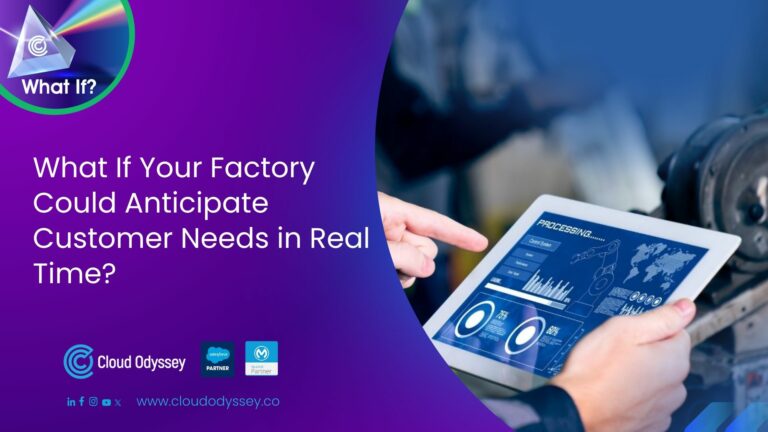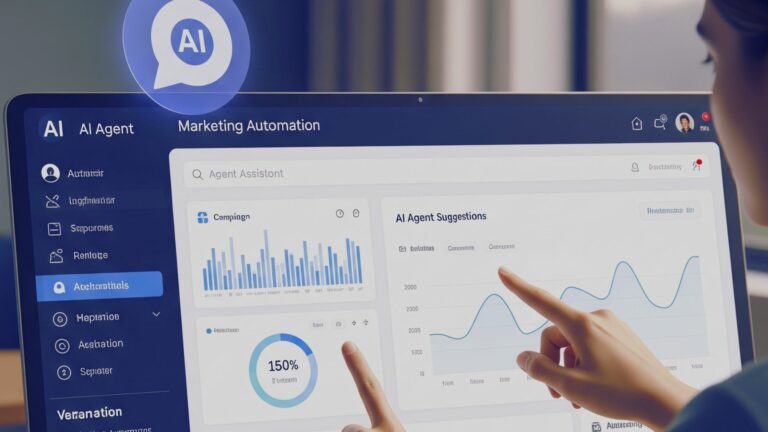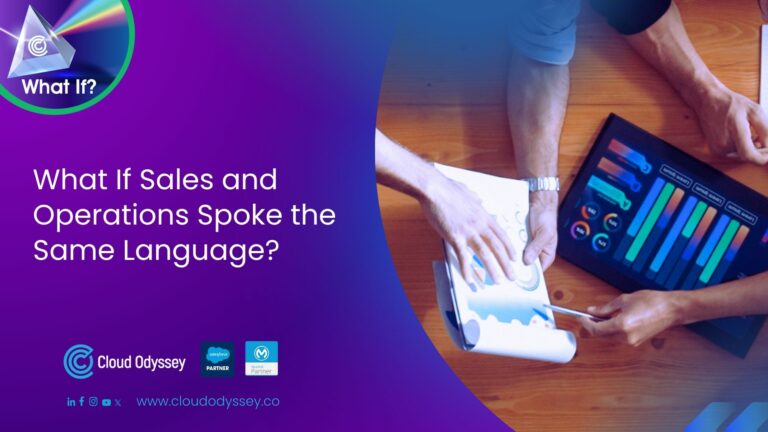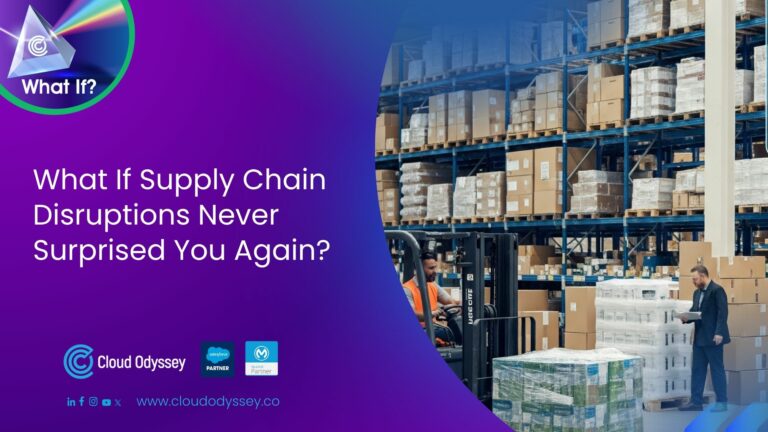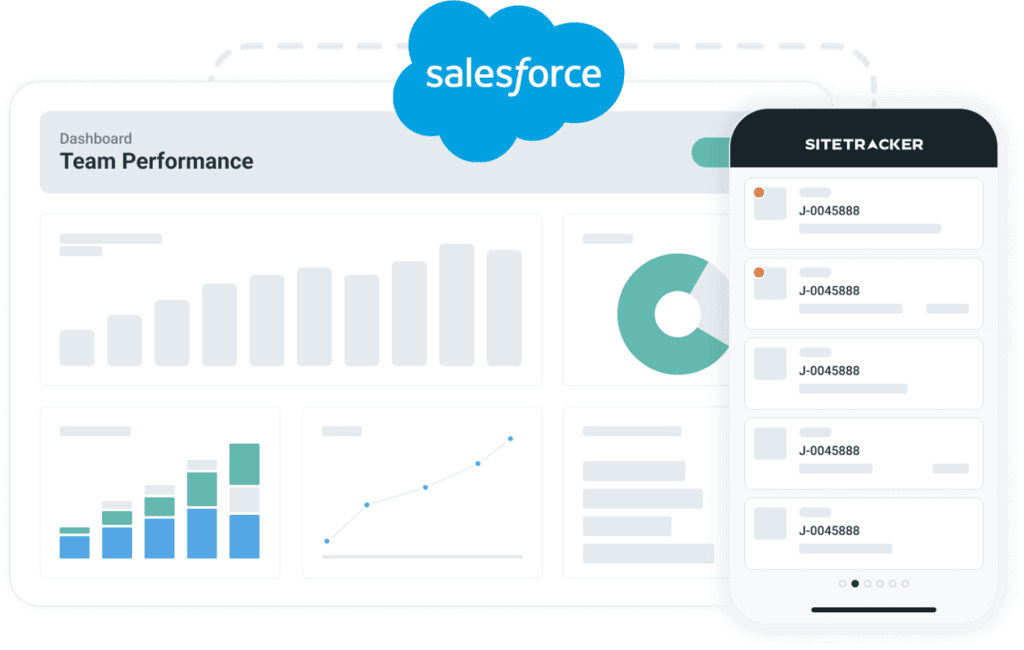What if your factory could alert you before a machine breaks down? What if you could test a new production line setup without touching a single piece of equipment? And what if you could monitor your entire factory floor—every machine, every process, every shift—from your laptop in real time?
This is no longer an idea for the future. Today, these possibilities are being realized by manufacturers through a powerful innovation: the digital twin. It is quietly transforming factories across the world—making operations smarter, faster, and more reliable. In this blog, we explore what a digital twin really means in manufacturing, how it works, what technologies support it, and how platforms like Salesforce are helping factories turn data into intelligent action.
What is a Digital Twin in Manufacturing?
A digital twin in manufacturing is a virtual model of your real-world factory. It replicates physical assets—like machines, equipment, production lines, and even full workflows—into a digital space. This model stays alive and updated using data collected from sensors, machines, systems, and software that are already running in your factory.
It’s not just a blueprint or a simulation. It’s a living, breathing digital version of your operations that shows what’s happening right now—and can also predict what might happen next. From temperature changes in a machine to delays in output, the digital twin continuously receives and analyzes data, helping manufacturers make better decisions in less time.
In simpler terms, a digital twin gives you the ability to understand your factory in a way that was never possible before. You are not just reacting to problems—you are preventing them. You are not guessing what could go wrong—you already know what needs attention.
How a Digital Twin Changes the Way a Factory Operates
To understand the real power of a digital twin, consider how it changes daily operations.
In a traditional factory, if a machine begins to underperform, you might not notice until it affects the final product—or worse, until it breaks down. With a digital twin in place, sensors on the machine send performance data continuously. The digital model notices a slight variation in temperature and speed. It compares this to past data and identifies a potential failure pattern. Before any downtime occurs, the system raises a flag, and a technician is notified to inspect the issue. Operations continue smoothly while the problem is quietly solved in the background.
This kind of proactive maintenance is just one example. Digital twins also help manufacturers:
- Run simulations before implementing physical changes
- Reduce energy and material waste
- Train new employees in a safe, virtual environment
- Improve product quality by catching issues early in the process
Over time, these improvements lead to more reliable production, faster decision-making, and lower operational costs. But the real benefit is confidence—confidence that your factory is always running at its best.
Technologies That Power the Digital Twin
Behind the digital twin are a group of technologies that work together seamlessly. At the core are IoT sensors, placed across machines and assembly lines. These devices constantly measure data such as temperature, vibration, speed, and pressure. This raw information is sent to the cloud, where data processing platforms clean and structure it.
Once the data is in the system, integration tools like MuleSoft connect it with other enterprise systems—ERP, MES, inventory tools, and production dashboards. This creates a complete digital picture of the factory, not just one isolated process.
Meanwhile, automation platforms like Agentforce ensure that if something goes wrong, it doesn’t just get noticed—it gets handled. Whether it’s creating a maintenance case, assigning a technician, or notifying the operations team, the response is fast, reliable, and traceable.
With everything tied together, teams on the shop floor and in the boardroom can see the same real-time insights. This creates a truly connected manufacturing environment, where decisions are driven by facts, not assumptions.
A Real-Time Scenario: When a Digital Twin Makes the Difference
Let’s step into a real manufacturing scenario to see how this works in practice.
A mid-sized factory that manufactures industrial packaging machines has a busy production schedule. One morning, during normal operations, the digital twin detects that a key machine on the assembly line is showing a slow rise in internal temperature. There’s no visible smoke, no alarm, and production hasn’t stopped—but the system recognizes the pattern from past data: this is the early sign of a bearing failure.
Instead of waiting for the machine to break down, the digital twin immediately updates the factory dashboard. The operations manager receives a notification. At the same time, Agentforce, which is integrated with the digital twin, automatically creates a service case and assigns it to the maintenance technician available nearby.
The technician checks the machine, confirms the issue, and replaces the part within an hour. Because of this early action, production doesn’t stop. Orders go out on time. No delays, no surprises.
Now, let’s imagine if there was no digital twin. That bearing might have failed during peak hours, halting the line for several hours, costing money in repairs, overtime, and even customer satisfaction. One simple insight, delivered at the right moment, changed everything.
This is the value of a digital twin. It’s not just about technology. It’s about giving manufacturers control, clarity, and the power to stay ahead.
How Salesforce Supports Digital Twins in Manufacturing
To bring a digital twin to life, manufacturers need more than just machines and sensors—they need platforms that can connect data, automate workflows, and deliver insights in real time. Salesforce offers exactly that through its suite of manufacturing-focused tools.
Salesforce Manufacturing Cloud
This platform helps manufacturers manage forecasting, production plans, and sales agreements—all from one place. When connected to digital twin data, Manufacturing Cloud becomes even more powerful. It allows you to adjust plans based on real-time machine availability, optimize scheduling, and align production with customer commitments.
For example, if a line slows down due to maintenance, Manufacturing Cloud can adjust delivery timelines and notify customer-facing teams—keeping communication clear and expectations aligned.
Agentforce
Agentforce helps manufacturing teams respond quickly when things go off track. Integrated with the digital twin, Agentforce can automatically detect issues, raise tickets, and assign work to the right team members—without any manual steps. This ensures no time is lost in identifying, communicating, or fixing problems.
It also maintains a complete record of what happened, who handled it, and how it was resolved—creating accountability and continuous improvement.
MuleSoft Integration
Most factories already have several systems in place—ERPs for planning, MES for execution, and quality control systems. MuleSoft connects all these systems together, so that the digital twin doesn’t operate in isolation. It pulls data from everywhere and presents it as a single, unified view.
This helps decision-makers trust that the insights they see are complete, accurate, and actionable.
Conclusion: Making the Digital Twin a Reality
A digital twin isn’t about replacing workers or adding complexity. It’s about making your factory smarter, your teams more confident, and your decisions better. It’s a tool that turns unknowns into insights and gives you the ability to act before things go wrong.
The technology is here. The tools are available. And manufacturers—both large and small—are already seeing the benefits. With platforms like Salesforce Manufacturing Cloud, Agentforce, and MuleSoft, building a digital twin is not only possible—it’s practical and scalable.
So, what if your factory had a digital twin?
You would spend less time reacting and more time improving. You would know what’s happening and what’s coming next.
You wouldn’t just manage your factory—you would understand it better than ever before.
Ready to Transform Your Manufacturing Operations?
Don’t let your factory’s potential remain untapped. At Cloud Odyssey, we specialize in helping manufacturers harness the power of digital twins through Salesforce’s cutting-edge manufacturing solutions. Our team of experts will guide you through every step—from initial assessment to full implementation—ensuring your digital twin delivers real results from day one.
Contact Cloud Odyssey to schedule a consultation and discover how Salesforce Manufacturing Cloud, Agentforce, and MuleSoft can revolutionize your operations.




